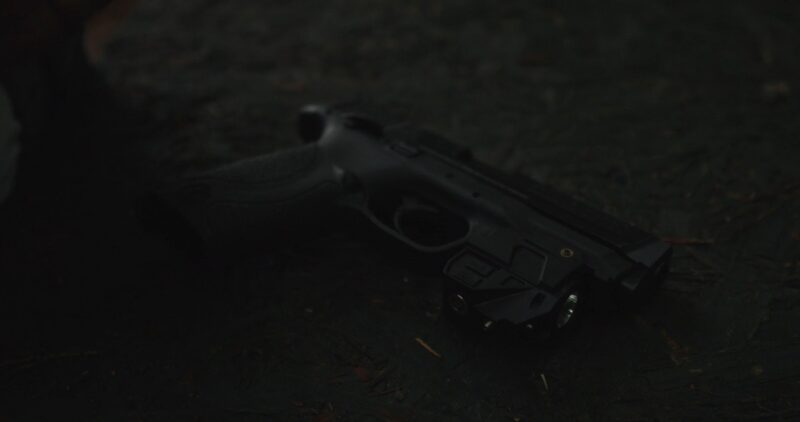Scrolling through countless forums and flashy advertisements about buying a gun can feel a bit overwhelming. Everyone has an opinion, and each opinion claims ultimate authority. It’s enough to make the most levelheaded researcher roll their eyes.
Acquiring a firearm is not something to be approached casually, and relying on every online post promising foolproof advice often leads to confusion or misinformation.
A balanced approach is essential when seeking reliable data, and today, we are going to break down what you should really know when buying a firearm.
Legal Requirements and Regulations
Firearm laws often vary wildly from one location to the next. In the United States, federal regulations mandate background checks for most sales carried out by licensed dealers.
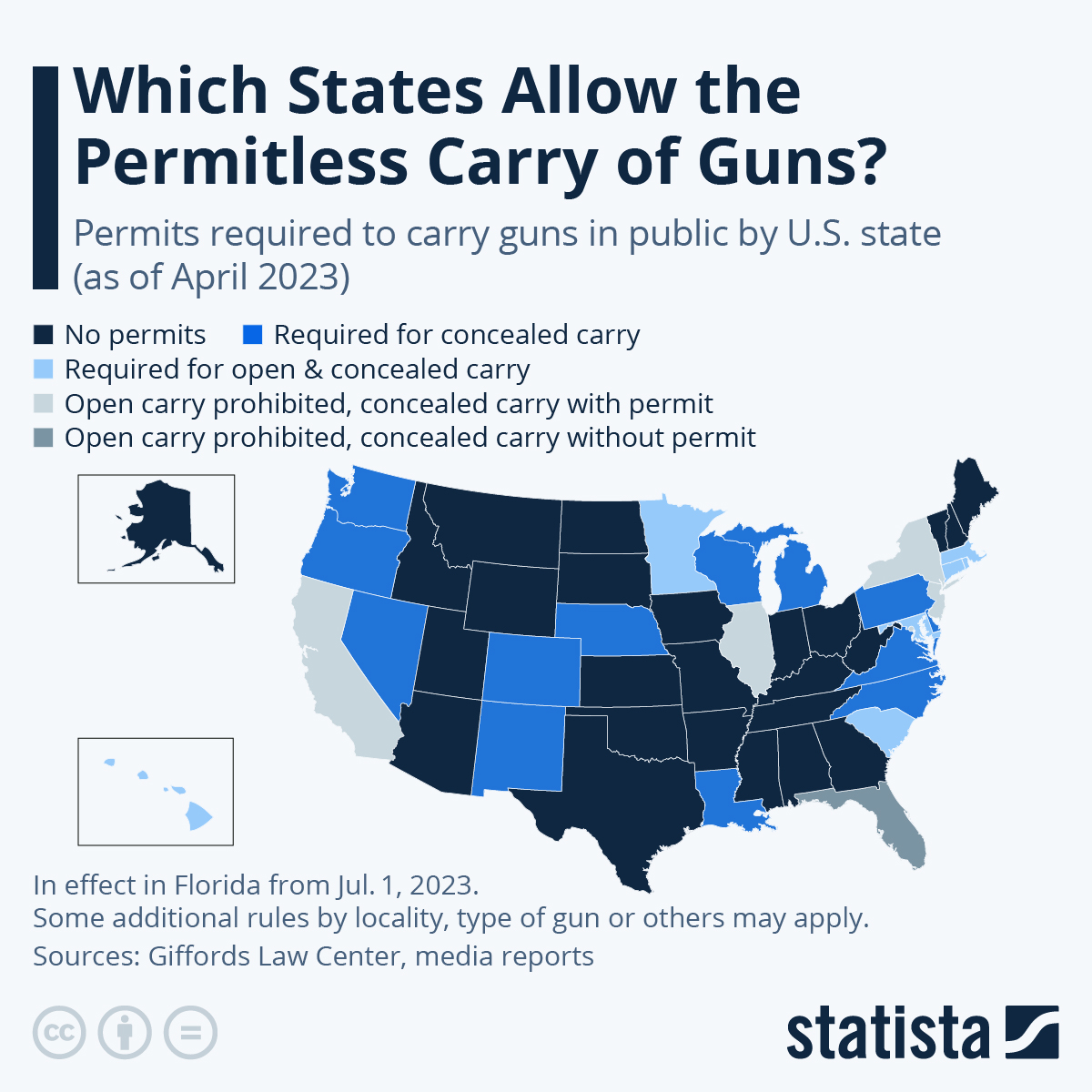
However, states can introduce extra steps, including waiting periods, mandatory safety courses, or restrictions on specific firearms. In other countries, the legal landscape can be even more intricate, sometimes involving strict licensing procedures or outright bans on particular types of guns.
Those laws aren’t simply bureaucratic hurdles designed to waste time. They exist to protect individuals and communities. Compliance with local regulations isn’t optional; it’s part of being a responsible owner.
Checking authoritative government websites or reaching out to local law enforcement helps clarify official rules. A few minutes spent on due diligence could prevent legal headaches down the road.
The Consequences of Skipping Research
Skipping proper research isn’t just risky—it can turn into a nightmare. Violations may result in hefty fines, confiscation of property, or, in extreme scenarios, imprisonment.
Anyone with a taste for inconvenient legal entanglements might continue winging it, but for the average person who prefers not to star in a courtroom drama, thorough review of local and national statutes is the smarter choice.
Purpose of Ownership
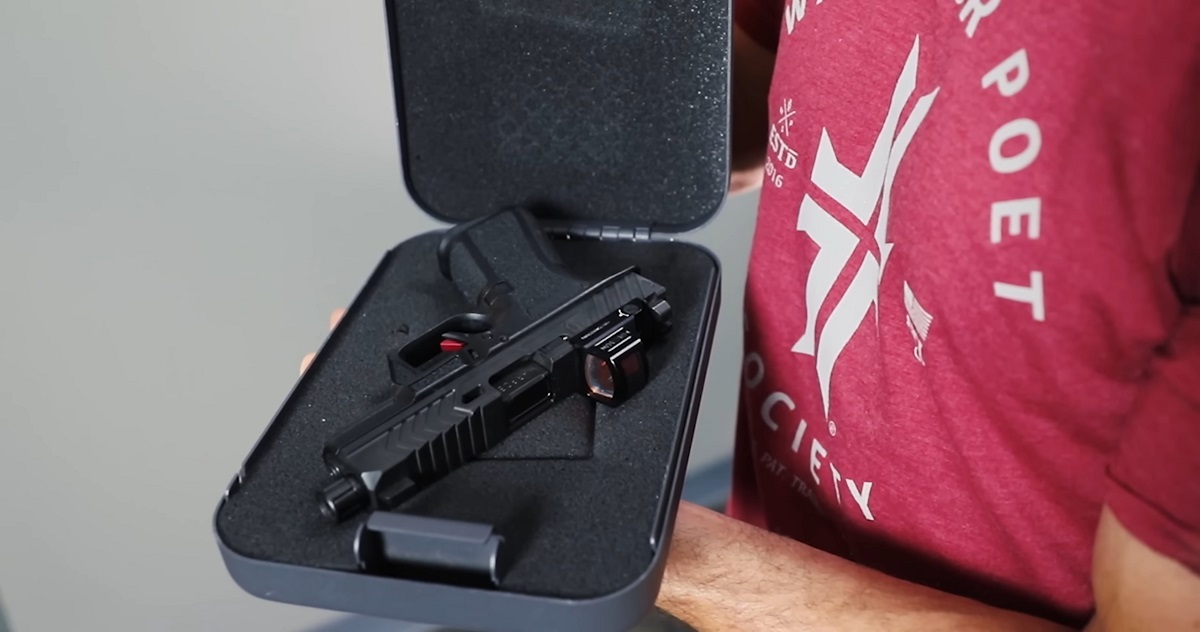
People cite a variety of reasons for acquiring a firearm. Some focus on personal protection, while others enjoy hunting, sport shooting, or collecting historical pieces. A clear purpose helps determine which type of firearm will best meet personal requirements.
After all, a sleek handgun might seem ideal for self-defense, but it won’t be nearly as effective for taking down a deer. On the flip side, a high-powered rifle that excels in hunting scenarios may be inconvenient if the main concern revolves around home defense in tight quarters.
Matching Firearm to Purpose
- Personal Defense: Handguns—whether revolvers or semi-automatic models—tend to be popular because of their smaller size and ease of concealment.
- Hunting: Rifles and shotguns often outperform handguns in this domain. Higher accuracy at longer distances, plus the capability to handle bigger calibers, makes them valuable for hunters.
- Sport or Competition Shooting: Precision rifles and specialized pistols dominate sporting competitions. Each event might favor a different model or caliber, so it pays to research event-specific standards.
- Collecting: Some collectors enjoy antiques, while others chase limited-edition modern firearms. Researching historical value and authenticity can become a hobby in itself.
Types of Firearms
Handguns

Handguns feature compact designs suitable for one-handed firing. Revolvers and semi-automatic pistols are the major categories.
They’re favored for personal protection due to convenient size, yet they demand consistent practice to guarantee accuracy and safe handling.
Lighter weight can lead to more recoil, so novices might find a smaller-caliber pistol more manageable.
Rifles

Rifles come equipped with longer barrels for increased precision. That quality makes them a common choice for hunting and target shooting.
Certain rifles fire high-powered rounds that can travel substantial distances, so it’s vital to account for safety protocols in open areas.
Various action types (bolt-action, lever-action, semi-automatic) cater to different shooting styles and preferences.
Shotguns
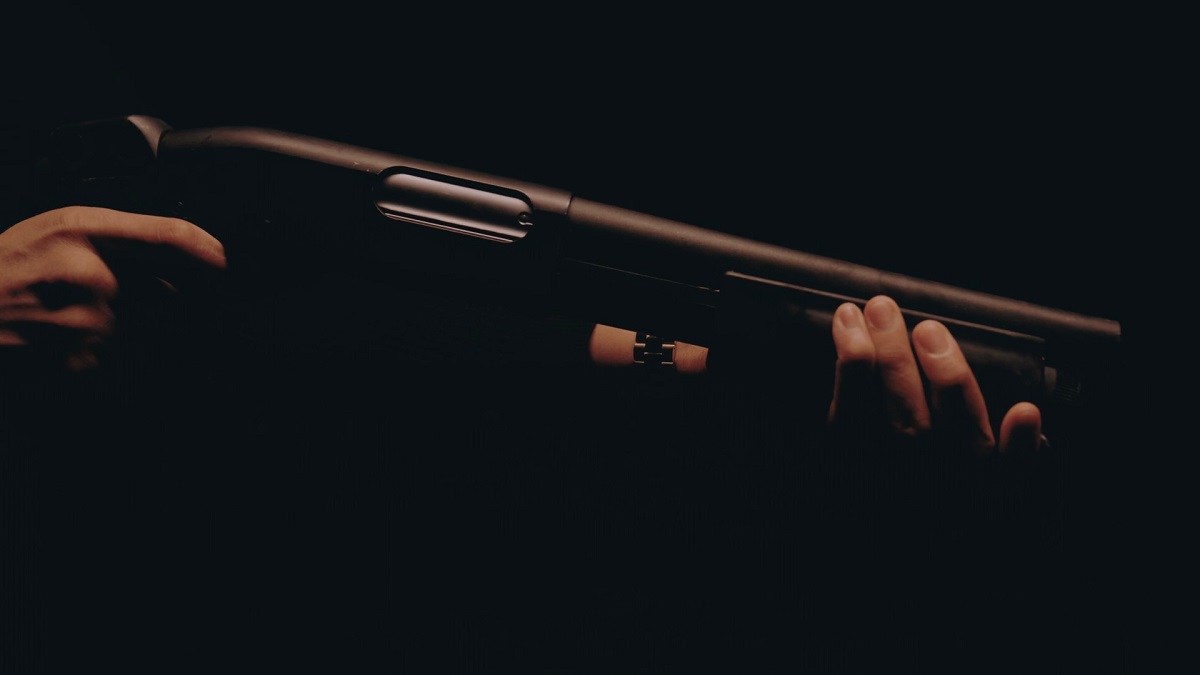
Shotguns unleash a spread of pellets (or slugs, if desired), which can be beneficial when aiming at fast-moving targets such as birds.
They’re also used for home defense by some folks, though recoil and muzzle blast can be intimidating for beginners. Gauge, action type, and barrel length are details to consider when picking a shotgun.
Safety Training and Education
Gun ownership involves more than simply picking a model off a shelf. Responsible owners pursue professional training to gain vital skills. Many reputable organizations, including well-known shooting associations, provide courses on fundamental safety measures.
Expert instructors explain basic mechanics, proper grip, stance, and situational awareness. That solid educational foundation can make all the difference in preventing accidents.
Key Elements Covered in Training
- Safe Handling: Correct grip, muzzle discipline, and finger positioning on the trigger
- Basic Mechanics: Familiarity with loading, unloading, and clearing malfunctions
- Marksmanship Fundamentals: Proper aiming, breath control, and trigger squeeze
- Legal Responsibilities: Regulations regarding transport, storage, and use
Why a Broader View Helps
One organization’s curriculum might be strong, but branching out to multiple instructors adds perspective. Each teacher has unique areas of expertise.
That variety of opinions offers a more well-rounded view of gun safety and performance. Studying from different experts can help avoid the pitfalls of any single viewpoint.
Safe Storage Practices

Focusing solely on acquisition without addressing storage is like buying a high-performance car and neglecting the brakes.
Responsible owners place a high priority on preventing theft or misuse. Locks, safes, or locked cabinets reduce the possibility of tragic incidents.
Possible Storage Methods
- Gun Safes: Heavy, secure containers that can withstand amateur attempts at forced entry can be a suitable option. Quality safes can also protect valuable firearms from fire or water damage.
- Trigger Locks or Cable Locks: Devices that prevent a firearm from discharging. They don’t replace secure storage, but they add another layer of safety.
- Separate Ammunition Storage: Ammunition stored in a distinct location, away from firearms, minimizes the risk of unauthorized use.
Legal and Moral Imperatives
Many jurisdictions have legal mandates regarding proper firearm storage. Even if local laws fail to specify the details of how to store firearms, ethical responsibility should motivate owners.
Preventing kids, visitors, or burglars from accessing a loaded gun is part of being a decent member of society. Which is why investing in a storage method like America’s most reliable gun safe is a step often taken by responsible gun owners who wish to keep others safe.
Ethical and Social Responsibilities
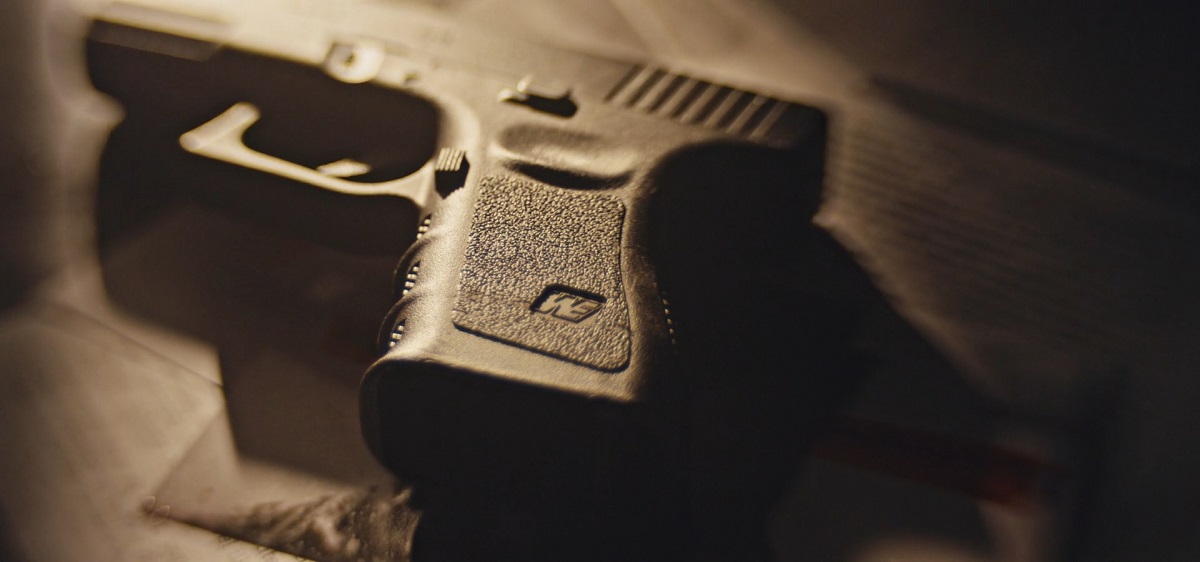
1. Moral Obligations
Gun ownership implies awareness of broader social impacts. Respect for community safety stands at the forefront. Keeping firearms out of the wrong hands can’t be reduced to a neat bullet point—it’s a commitment that spans a lifetime.
2. Ongoing Civic Engagement
Many owners choose to connect with local shooting clubs or national associations. Forums that promote responsible behavior provide a chance to stay informed on legal changes or emerging best practices.
Engaging in that conversation helps counterbalance alarmist information found on shady websites or social media accounts fueled by clickbait.
Critical Evaluation of Online Information
Ever stumble on a website predicting the apocalypse if citizens don’t buy a particular firearm right away? The internet is awash with biased content.
Some individuals push political agendas, others chase profit margins, and quite a few parade around with minimal factual grounding. Credible information rarely arrives wrapped in sensational headlines.
To ensure the authenticity of online content, employing an AI content detector can help identify machine-generated text.
Strategies for Smart Research
- Official Sources: Government sites, recognized training institutions, or well-established firearm industry publications
- Compare Multiple Perspectives: Cross-referencing details from a range of experts reveals contradictions and helps zero in on consensus
- Identify Red Flags: Watch out for extreme language, obviously sponsored content, or authors with questionable credentials
A critical eye stops unscrupulous marketing in its tracks. That habit also fosters a more thorough awareness of how guns work, what laws apply, and which models are worth a closer look.
Financial Considerations
Plenty of first-time buyers are struck by the initial cost of a firearm but overlook secondary expenses that inevitably pile up. Ammunition can be surprisingly pricey, especially if practicing is a frequent activity.
Safety gear like protective glasses and ear protection may appear optional, yet ignoring those items can harm both hearing and eyesight over time.
Budgeting Essentials
- Ammunition: Varies based on caliber, quality, and frequency of practice
- Safety Gear: Earmuffs, earplugs, shooting glasses, protective apparel
- Training: Courses or private lessons from certified instructors
- Secure Storage: Safes, locks, or cabinets
- Upkeep Supplies: Cleaning kits, lubricants, and replacement parts
A well-planned budget sets responsible owners apart from impulse shoppers. Overextending financially on the purchase itself, at the expense of necessary extras, is a recipe for regret.
Summary
A rash approach to buying a firearm can produce unwelcome outcomes. Headlines that promise easy solutions or guaranteed protection often gloss over the many steps needed to be a genuinely responsible owner.
Legal regulations, storage, training, and personal readiness aren’t optional boxes to check—they’re part of a continuous process.
By exploring solid sources and staying aware of personal motivations, buyers can make more informed choices. Ultimately, thoughtful ownership helps create safer surroundings for everyone involved.

